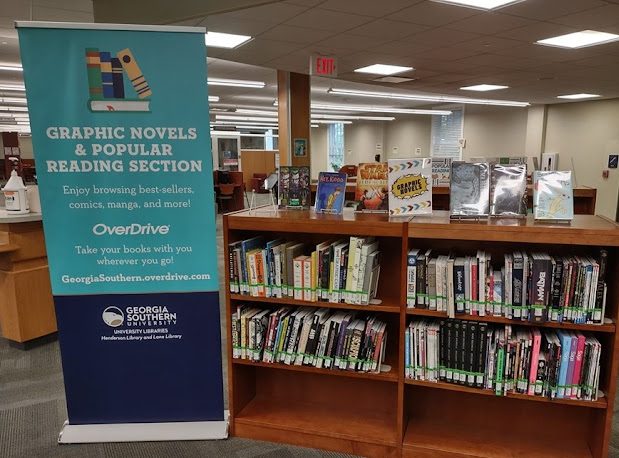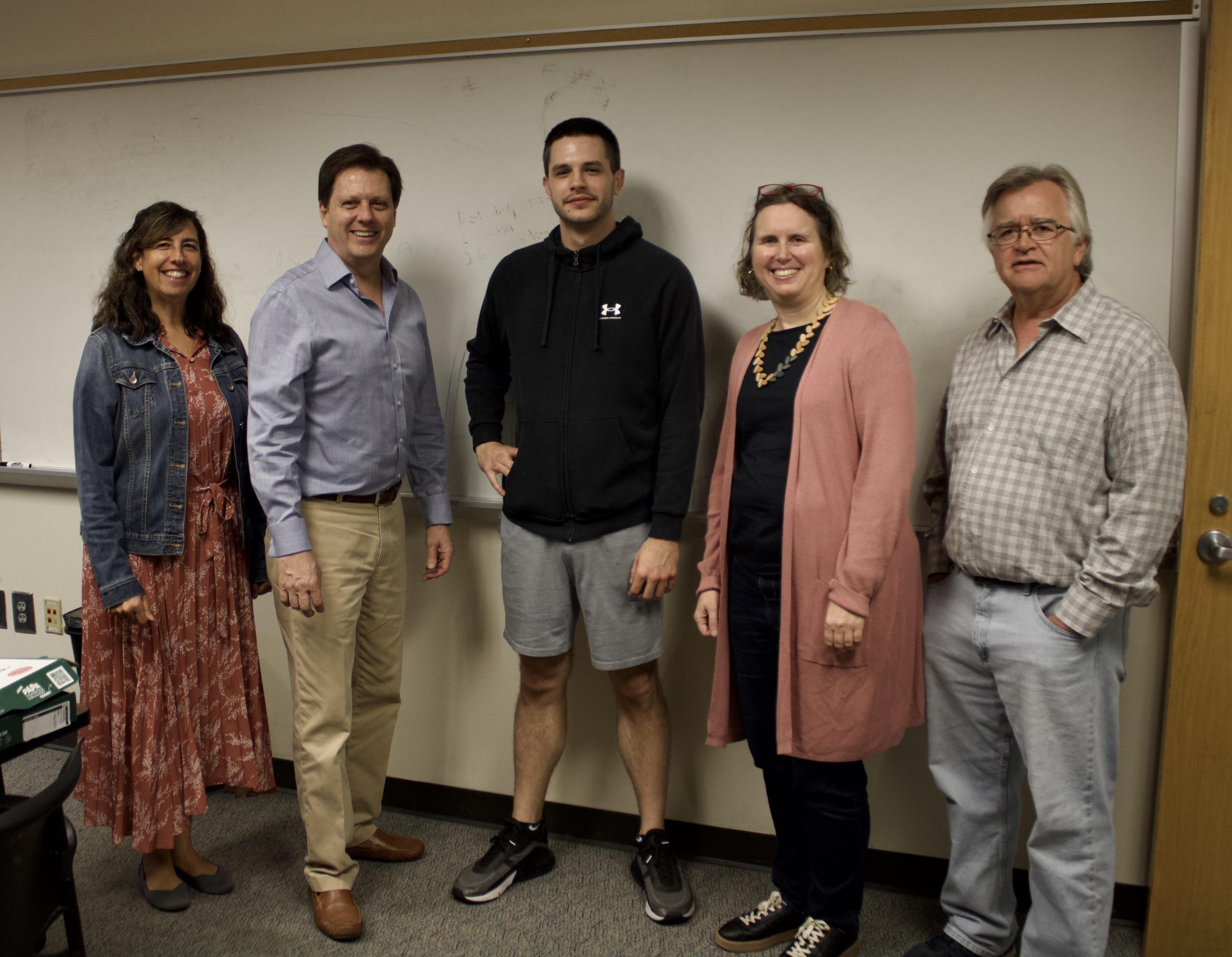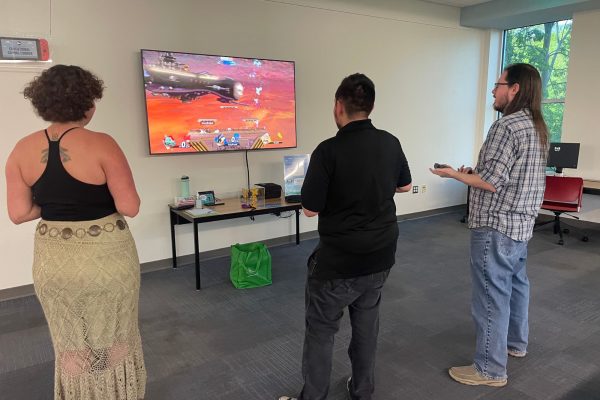Behind the Mask of Mental Illness
February 10, 2016
*In our effort to raise awareness about mental health concerns on campus, we reached out to student sources to gain new knowledge about this very broad subject. Although our generation is rapidly accepting of mental health concerns, The George-Anne recognizes that this is still a sensitive topic. In the article you are about to read, a student agreed to share their story about their experiences with mental illness and the effect that it has had on their daily life. Due to the sensitive nature of this article, we have agreed to protect the identity of this student.
Bipolar disorder is a mental illness that affects over 5 million adults in the United States. The Depression and Bipolar Support Alliance (DBSA), states that the median age for developing bipolar disorder is 25 years of age, although a person can develop symptoms in every stage of life.
Sudden bursts of anger, bouts of depression, paranoia, mood swings and rash decision-making is a way of life that is foreign to most people, but for many individuals this is a reality of life.
At first glance Gail* seems like a regular student, trying to maintain her grades by going to class and working all while trying to maintain a social life but what unknown to others, she has been struggling with bipolar II disorder for the majority of her life.
The repercussions of misdiagnosis
Born and raised in Georgia, Gail describes her home life as tumultuous. Her father was abusive, and in addition to that she was sent to a strict religious school which did not help to relieve her from the stressors of her home life.
“My dad is really mentally ill himself which really convinced me that I never want to have kids. I’m sure a ton of kids can tell that same story because it’s pretty rampant,” Gail said.
Gail describes her father as a man who grew up in an abusive home as well, noting that the nature of his own abuse exceeded that of her own childhood. Her father was against seeking treatment for himself and was skeptical of medical intervention.
“My dad is crazy smart and has a bunch of degrees in psychology, but he would never go and get himself diagnosed and doesn’t believe in medicine,” she said.
At the age of 10 when most children are just starting the fifth grade, Gail was institutionalized for the first time for a suicide attempt.
“I had crazy, violent anger and my brain had all this fluid and chemicals, plus I grew up in a bad household in an oppressive school system, which is a bad recipe,” she said.
Prior to her suicide attempt, Gail had been rambunctious and active. In school she was the student who talked constantly and disrupted the class during lessons. This, however, changed drastically when she was wrongly diagnosed with ADD and ADHD in second grade and was prescribed medication to help relieve her symptoms of hyperactivity.
“Since [ADD and ADHD] wasn’t my illness, I was zombied out for, like, four years. My friends in middle school didn’t want to talk to me when I took my medication because it made me so boring,” Gail said.
Gail adds that the medication helped to sedate her and make her focused, but also made her feel cut off from her emotions.
“It definitely cuts you off and puts you in a robot-type business mood, which is super useful but definitely not good for a kid. ”
Help after diagnosis
At 16, Gail was finally diagnosed with bipolar disorder after taking a series of tests given to her by therapists.
“[Being diagnosed] was a really big step. I had been diagnosed with ADD and ADHD up until then because people didn’t want to put that label on a kid. I would guess that there are a lot of people with mental illness that have been diagnosed with ADD and ADHD when it’s really crippling social anxiety or something else.”
Gail is not alone, according to a report released by Michigan State University, one million children in America are misdiagnosed with ADHD.
“I was really relieved when I was finally given the right diagnosis. My behaviours were always much more extreme than ADHD, it was like violence.”
Since being diagnosed, Gail is now on the right medication and feels as if the medicine has made a noticeable impact in her life by greatly helping to alleviate her symptoms.
“My medication is made for treating bipolar disorder and epilepsy. It’s really subtle, the difference it makes in my life. It makes me feel much more in control of my world. It gets rid of my paranoia, which is another irritating trait of bipolar disorder. You think that everyone is looking at you, talking about you, laughing at you. Everyone. It’s just a feeling of judgment from strangers for no good reason but you can’t shake it.”
Her family is her support system. Although she is estranged from her father, she is very close with her mother who was diagnosed with depression as well as her siblings.











